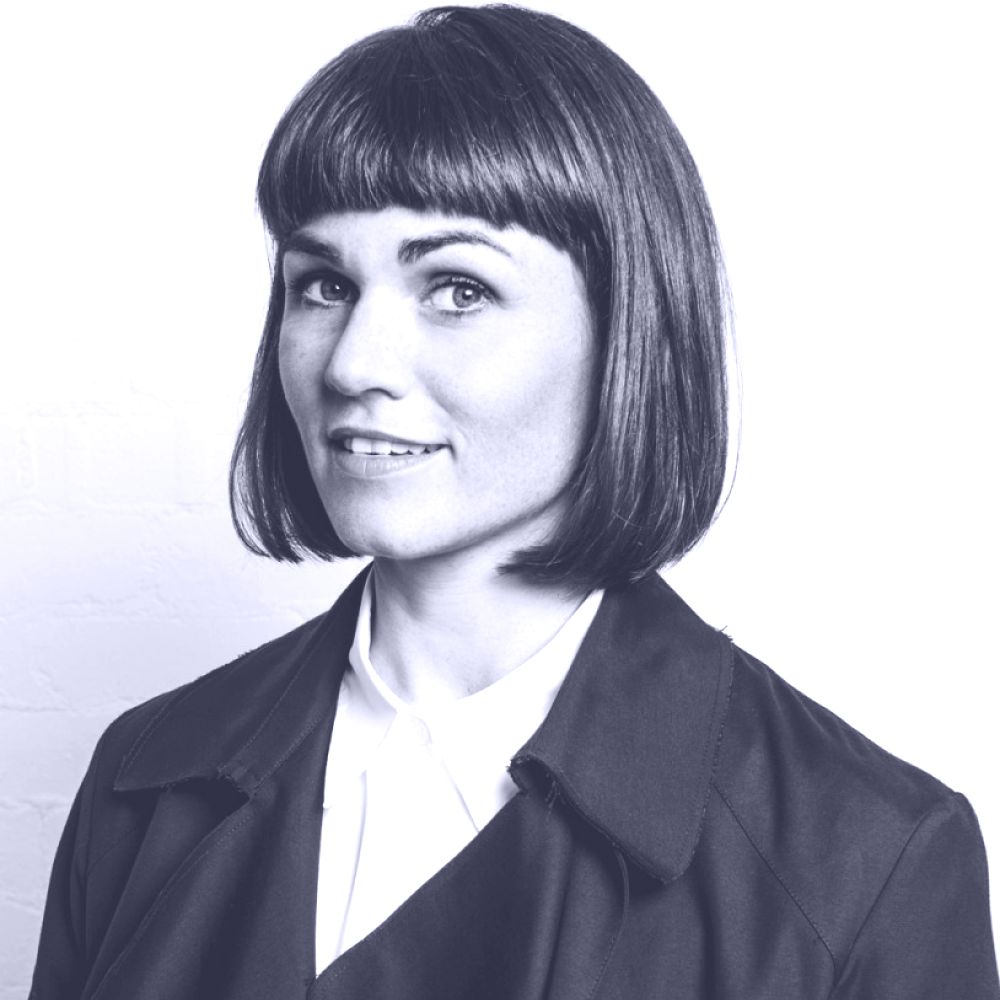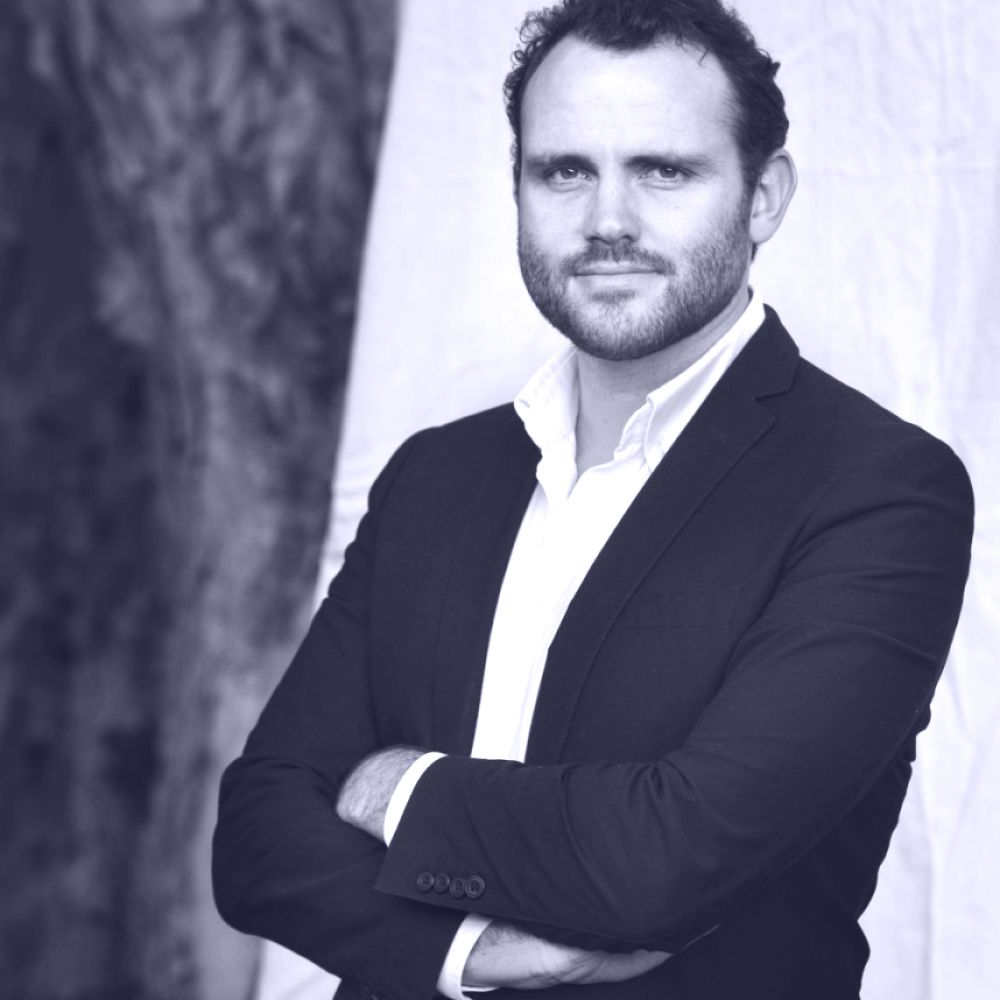Details.
When
Wednesday 25 November – Sunday 17 January 2021
5.00pm (AEDT)
Where
Design Speaks Virtual Portal
Virtual Event
Tickets
Tickets sales for this program are now closed. Sessions will be accessible until 5 pm AEDT 11 January 2021.
Program Info
The Architecture Symposium: Housing Futures presents a curated selection of contemporary Australian architects whose projects respond creatively to the spectrum of housing challenges and opportunities. We have, as a profession, an opportunity to step confidently from turbulent times into a future where we take the lead on the transformation of the urban, suburban and regional residential environment. The Architecture Symposium will highlight projects that are already doing so, opening directions for the profession and stimulating new ways of living. Financing, procurement models, housing typologies, sustainability and cost-effective strategies will be considered, all delivered to a benchmark of exceptional architectural quality. The presentations will provide a concise survey of current projects, viewed through four lenses: alternative housing models, the integration of social agendas, emerging directions in market-based housing and compact housing.
Partners
Major partner
Earn CPD Points
Download CPD Questions and Learning Outcomes
Download CPD Questions and Learning OutcomesContacts
Heather Cotton
Project Manager, Awards and Events Header Image Macaulay Road by Fieldwork. Render: Kaleido.Program.
-
New Directions in Market Housing
What a year. From boom times, through fire, flood and plague, economic hardship and the constant of our rapidly escalating climate crisis, it’s been a rollercoaster, but what does this mean for market housing? In looking at four market housing projects, we ask the architects what conditions they were addressing that no longer exist and what conditions have rapidly changed. We ask them to speculate – if you started this project again today, what would be different? What would you do differently? How should we think about the future of market housing? -
2.20 pm
Welcome
Log in to the Design Speaks Virtual Portal -
2.30 pm
Macaulay Road
Quino Holland, Fieldwork and Emma Telfer, Assemble -
2.45 pm
The Castle
Angelo Candalepas, Candalepas Associates -
3.00 pm
Be Newhall
Alison Brooks, Alison Brooks Architects -
3.15 pm
Studio Apartments
Philip Thalis, Hill Thalis Architecture and Urban Design -
3.45 pm
Dissection
A panel discussion with Angelo Candalepas, Quino Holland, Emma Telfer and Philip Thalis.
Panel chairs: Andrew Burns and Hannah Tribe -
4.45 pm
Session 1 concludes
Return to the Design Speaks home page to see the full program
Keynote Addresses.
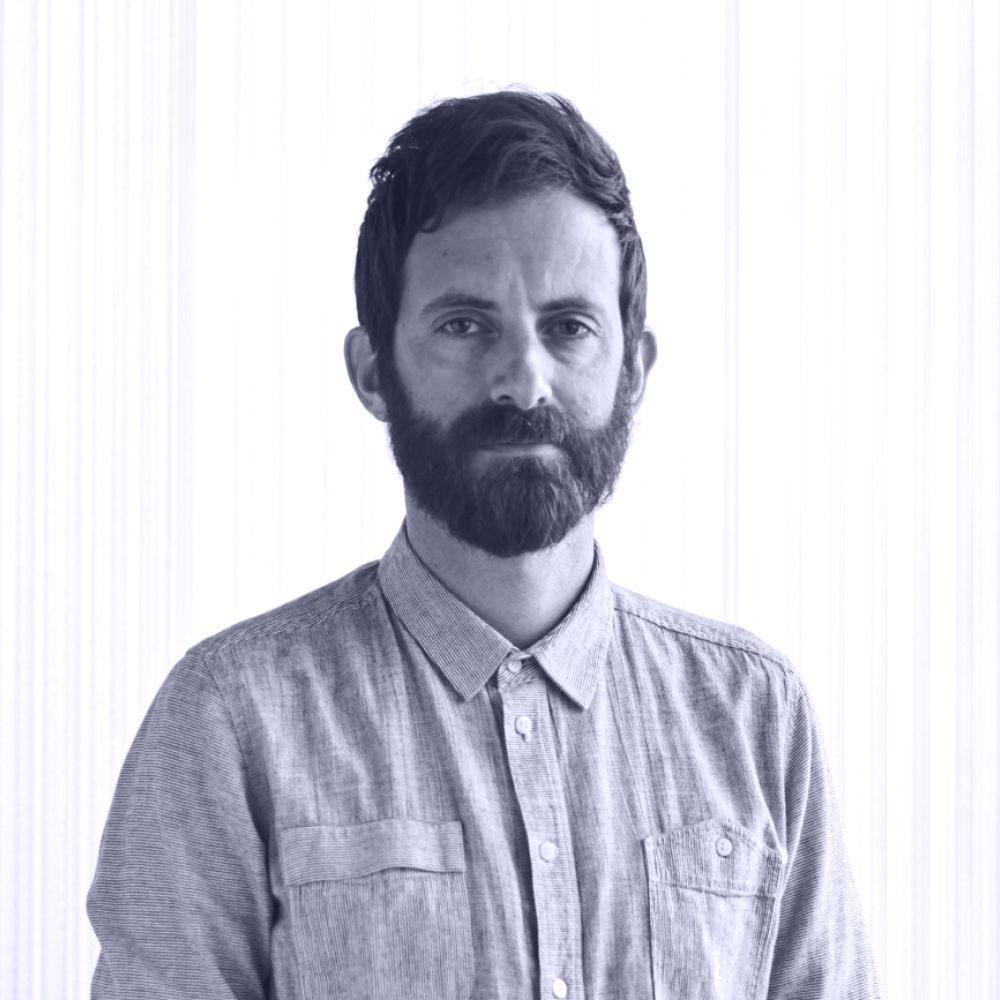

Macaulay Road
Presented by
Quino Holland, Director, Fieldwork
Emma Telfer, Director, Culture and Strategy, Assemble
Designed for Assemble, Macaulay Road is the first project delivered via the “Assemble Model,” a new pathway to home ownership which bridges the gap between renting and owning your home.
At the heart of the design is a landscaped, open-air walkway that will bring cross-flow ventilation and dual aspect natural light to residents’ homes. The lush vertical landscape will provide a strong connection between indoor and outdoor spaces, while encouraging moments of connection between neighbours.
Residents will be connected through communal spaces on the upper and ground floors: places for work, eating and leisure, together. A mixed-use ground floor encourages connection between residents and the neighbourhood, with retail space tenancies informed by the needs and desires of the local community.
Identified as one of Resilient Melbourne’s Resilient Communities, Macaulay Road will encourage greater understanding of how to create more connected communities that are both sustainable and financially viable.
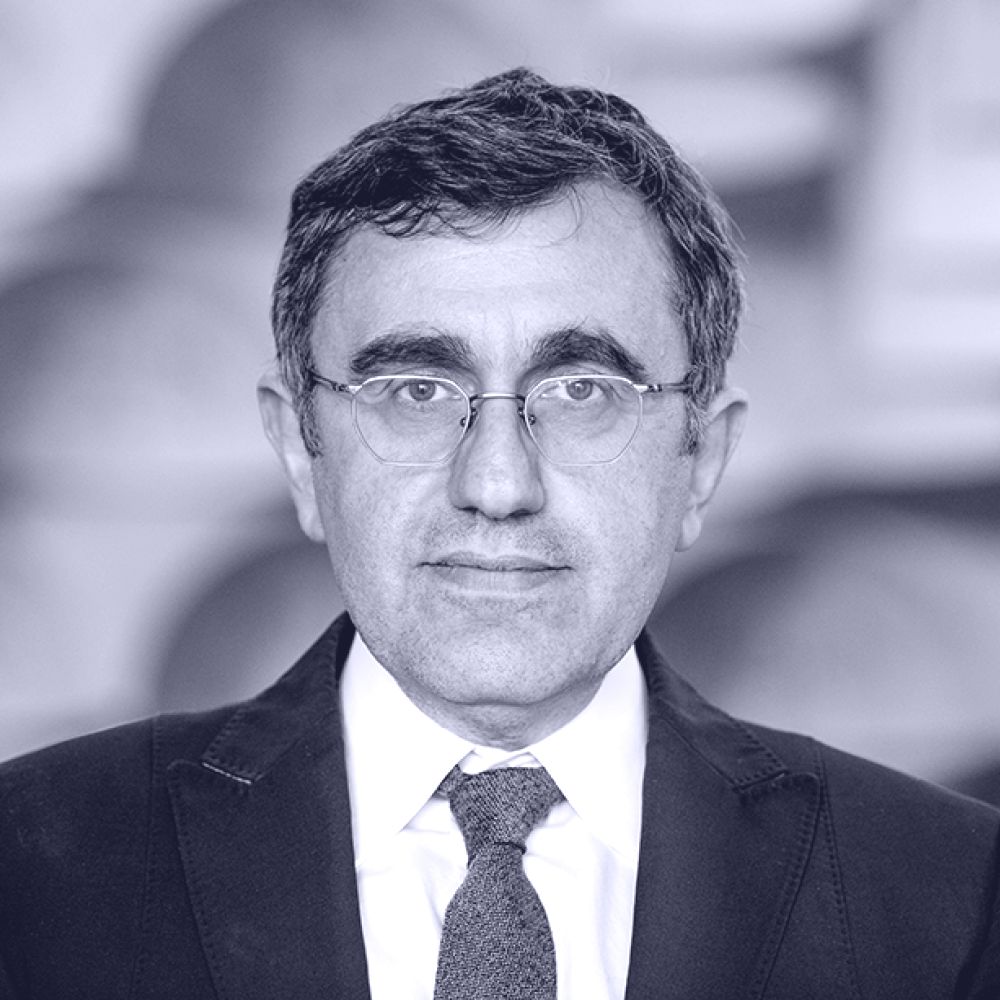
The Castle
Presented by
Angelo Candalepas, Founding Director, Candalepas Associates
Located in the heart of Sydney, 116 Bathurst Street (The Castle) is a 37-storey mixed-use tower combining residential, hotel and retail space. The tower’s simple architectural form emerges from an intricate structure that sensitively cantilevers over the 142-year old, heritage listed Porter House. The tower sits atop a podium, composed of elements that acknowledge the local character, reflecting a sense of sophistication and craftsmanship reminiscent of the Victorian Classical period.
The podium is composed of arches and apses, a uniform and simple expression that contributes to a sense of urban activation at street-level, including art installations designed in collaboration with artist Maria Fernanda Cardoso. In contrast, the tower is defined by vertical proportions, providing a memorable juxtaposition between the old and new. The supporting cantilever offers shelter to the public domain of the laneway below.
The tower, being repetitive in nature is read as a singular compositional expression so that the sense of scale being read at street-level differs from that of the tower.
Crowning the top of the tower is a roof garden occupying five levels of stepped sky gardens, framed by curved concrete elements.

Newhall Be
Presented by
Alison Brooks, Principal and creative director, Alison Brooks Architects
“Newhall Be demonstrates the added value that good architects can bring to the thorny problem of housing people outside our major cities. By halving the size of the gardens – creating roof terraces in total equalling the land ‘lost’ – the architects fitted an extra eight houses on to the development. This paid for extras such as full-height windows, dedicated studies and convertible roof spaces.
The overall scheme raises the bar for suburban housing so that, if emulated, could and should have a significant impact on development across the country.
This is a fine achievement in its own right. In the context of much of the UK’s new house building it is truly exceptional”
– RIBA Stirling Prize judges.
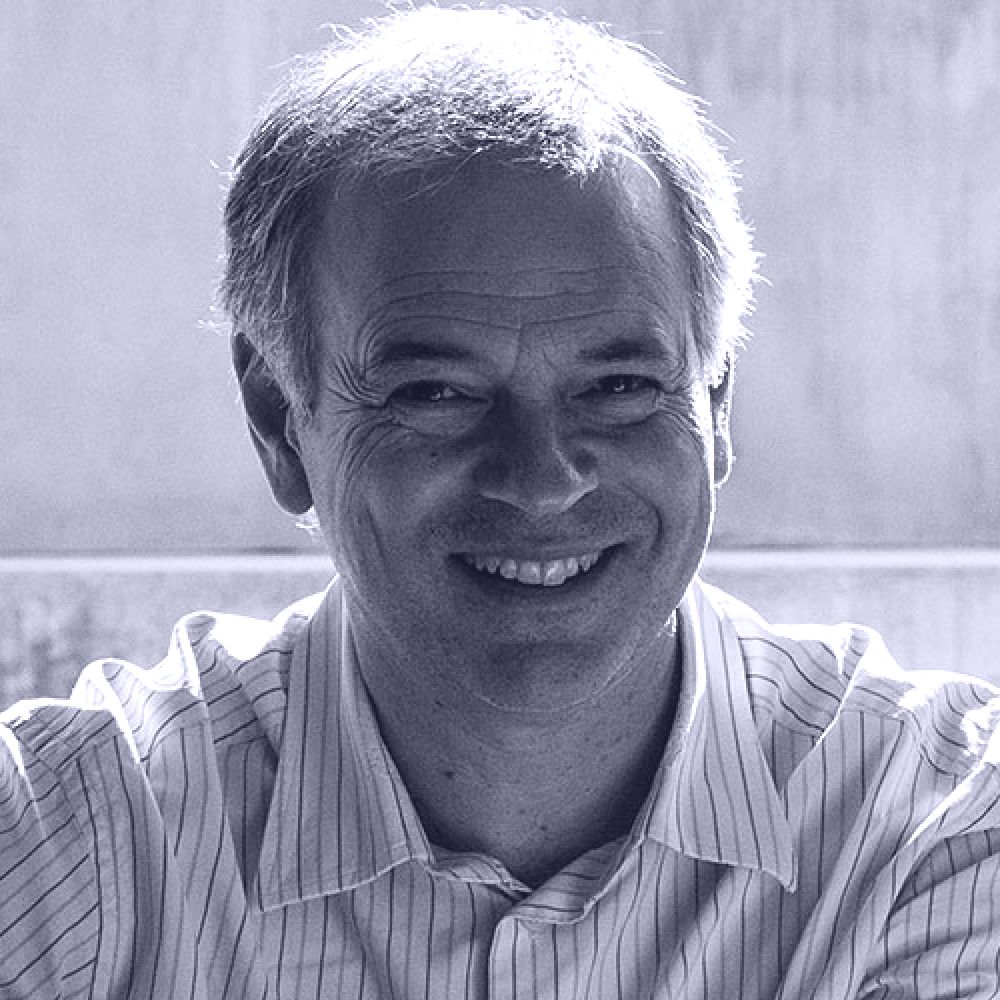
Studio Apartments
Presented by
Philip Thalis, Principal, Hill Thalis Architecture and Urban Projects
On a challenging 45,860 m² triangular site, Studio Apartments creates high-amenity dwellings within a distinctive architectural form.
A shop animates the street front, while the residential address is organized as an architectural promenade, with stepped gardens, open gallery access at each level and a generous communal roof terrace.
The building accommodates 35 compact studios, each between 22 m² and 30 m² in area. The typical floor plan fans along the northern frontage, providing ample daylight and outlook to every studio. The five-storey street facade has a carefully articulated massing and materiality with concrete blades and slab edges defining each studio up to terrace level. A louvred screen around the smaller upper levels unifies this taller setback element.
In every aspect of its design and construction, the building challenges the strictures of the dismal enabling SEPP and the poverty of the prevalent boarding house type, prioritising a high degree of amenity and character for each studio, encouraging social interaction while providing a considered urban form that enhances the street.
Curators.
Hannah Tribe
Principal, Tribe Studio Architects
Hannah Tribe is the principal of Tribe Studio Architects, a practice recognized for design excellence in its built and conceptual work in residential and urban design, education, installation and interiors. Tribe Studio Architects currently has a team of 15 architects working on projects in Australia and internationally.
Hannah has taught at the University of Sydney, the University of Technology Sydney and the University of New South Wales. She has tutored in design and lectured in both design and design communications. She is has sat on the New South Wales Chapter Council of the Australian Institute of Architects. She has been an invited juror on awards panels, including the Australian Institute of Architects Awards, the IDEA Awards and the 2020 Houses Awards.
Andrew Burns
Principal, Andrew Burns Architecture
Andrew Burns graduated from the University of Sydney in 2004, establishing his practice Andrew Burns Architecture in late 2007. The practice’s approach seeks to combine social engagement with design excellence, and is characterized by precise geometry and material exploration.
Undertaking projects Australia-wide, the practice has broadened from a base of small cultural and domestic commissions to undertake multiresidential, public, educational and hospitality projects, often in landscape-based settings.
Andrew is currently completing a design-based PhD at Monash University, exploring the potential of systematic concept generation.
Hannah Tribe
Principal, Tribe Studio Architects
Hannah Tribe is the principal of Tribe Studio Architects, a practice recognized for design excellence in its built and conceptual work in residential and urban design, education, installation and interiors. Tribe Studio Architects currently has a team of 15 architects working on projects in Australia and internationally.
Hannah has taught at the University of Sydney, the University of Technology Sydney and the University of New South Wales. She has tutored in design and lectured in both design and design communications. She is has sat on the New South Wales Chapter Council of the Australian Institute of Architects. She has been an invited juror on awards panels, including the Australian Institute of Architects Awards, the IDEA Awards and the 2020 Houses Awards.
Andrew Burns
Principal, Andrew Burns Architecture
Andrew Burns graduated from the University of Sydney in 2004, establishing his practice Andrew Burns Architecture in late 2007. The practice’s approach seeks to combine social engagement with design excellence, and is characterized by precise geometry and material exploration.
Undertaking projects Australia-wide, the practice has broadened from a base of small cultural and domestic commissions to undertake multiresidential, public, educational and hospitality projects, often in landscape-based settings.
Andrew is currently completing a design-based PhD at Monash University, exploring the potential of systematic concept generation.


